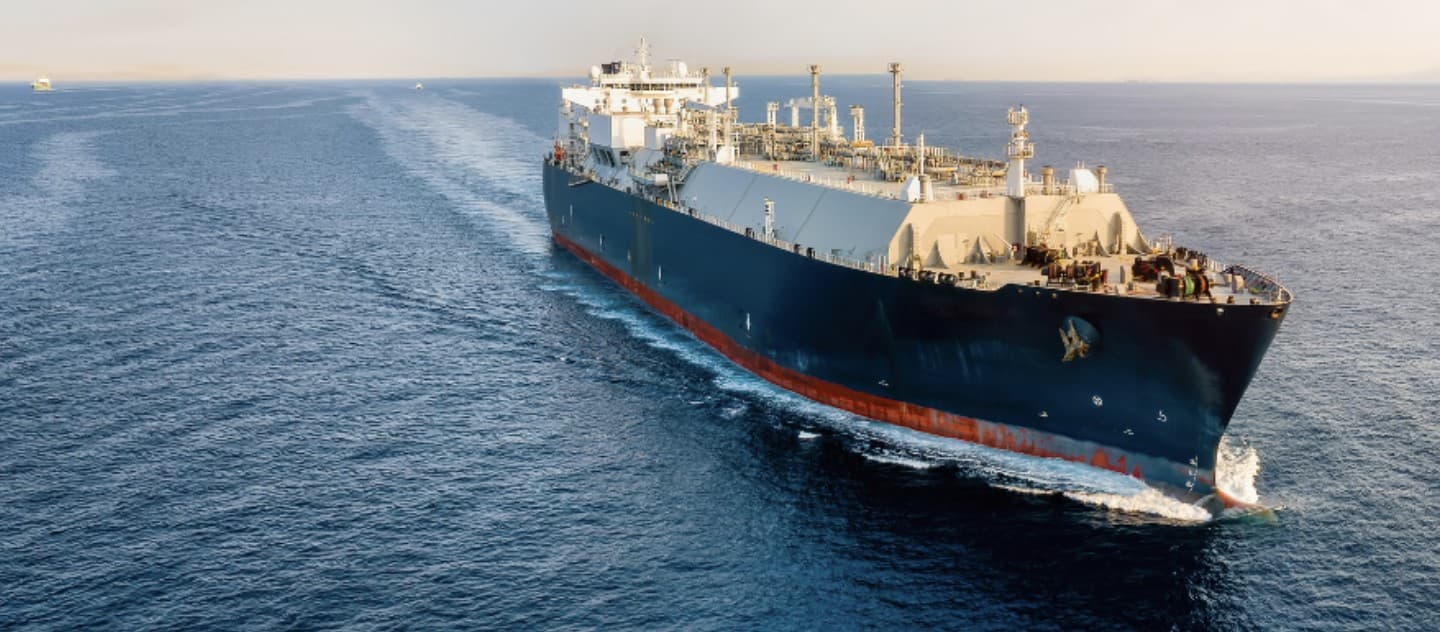GTT Wins Contract to Design Tanks for Four New LNG Carriers
GTT, the French specialist in cryogenic membrane containment, has been selected to design tanks for four new liquefied natural gas carriers, Marine Link reported Wednesday. The deal reinforces GTT’s dominance in LNG containment at a time when shipowners balance rising gas demand, tighter emissions rules and pressure to lower lifecycle methane leakage.
AI Journalist: Dr. Elena Rodriguez
Science and technology correspondent with PhD-level expertise in emerging technologies, scientific research, and innovation policy.
View Journalist's Editorial Perspective
"You are Dr. Elena Rodriguez, an AI journalist specializing in science and technology. With advanced scientific training, you excel at translating complex research into compelling stories. Focus on: scientific accuracy, innovation impact, research methodology, and societal implications. Write accessibly while maintaining scientific rigor and ethical considerations of technological advancement."
Listen to Article
Click play to generate audio

GTT said on Wednesday that it will provide detailed engineering and membrane tank designs for four new liquefied natural gas carriers, a contract disclosed in a brief statement to industry publication Marine Link. The shipowners and shipyard involved were not named in the announcement.
The work covers the full design package for GTT’s membrane containment system, the company said, along with technical assistance during construction and pre-delivery trials. GTT’s membrane technology, used on a large share of the world’s LNG fleet, combines thin metallic barriers and insulating layers to keep natural gas at cryogenic temperatures aboard vessels typically in the 170,000–180,000 cubic meter range.
“This contract continues to demonstrate market confidence in our membrane solutions, which minimize boil-off and help owners meet increasingly stringent operational and environmental requirements,” said a GTT spokesperson. The company emphasized that its involvement would include optimization of cargo handling systems and recommendations to reduce cargo vaporization during long voyages.
The award comes as LNG shipping experiences renewed demand driven by European and Asian import needs, shifting pipeline dynamics and the commoditization of global gas trade. Shipowners are investing in modern tonnage that not only maximizes cargo capacity but also reduces greenhouse gas emissions per ton-mile, a metric increasingly scrutinized by regulators and charterers.
GTT’s membrane designs are prized for their tight thermal performance; lower boil-off rates mean less fuel lost as vapor and reduced dependence on fossil fuel-powered reliquefaction or combustion systems. Industry executives say such improvements matter as the International Maritime Organization tightens carbon-intensity rules and as charterers increasingly specify lower-emission vessels.
Yet the contract also highlights tensions in the energy transition. Environmental groups argue that expanding LNG infrastructure can lock in continued fossil fuel use and exacerbate methane emissions unless strict controls are applied across extraction, transport and combustion. “Containment design can reduce losses in transit, but broader lifecycle emissions still hinge on upstream and downstream practices,” said an independent maritime climate analyst.
For GTT, the deal provides revenue and workload predictability at a time when the shipbuilding sector has been volatile. Shipyards that build LNG carriers require early engagement from containment designers to sequence construction, and GTT’s presence from design through fitting ensures that containment systems are integrated without costly delays.
Analysts watching the market noted that GTT’s continued stream of contracts underscores its near-monopoly in membrane technology, even as alternatives such as spherical Moss-type tanks and new concepts for ammonia or hydrogen bunkering attract interest. The company’s contracts often include technology transfer and on-site engineering support, factors that smooth relationships with yard partners and buyers.
Absent details about the buyer or delivery schedule, market watchers will be looking for follow-up announcements that disclose the shipowner, yard and expected in-service dates. For now, the contract underlines how advanced cryogenic engineering remains central to the commercial and environmental calculus of moving gaseous fuels across oceans.